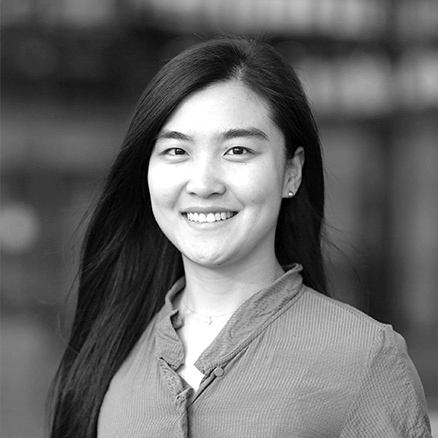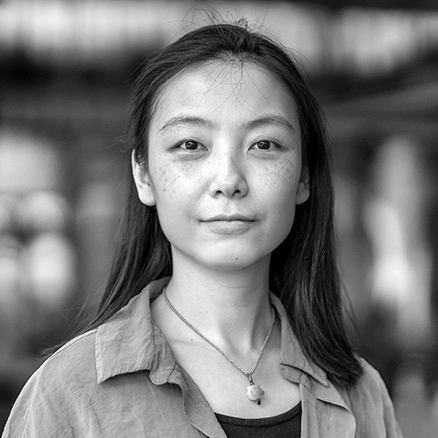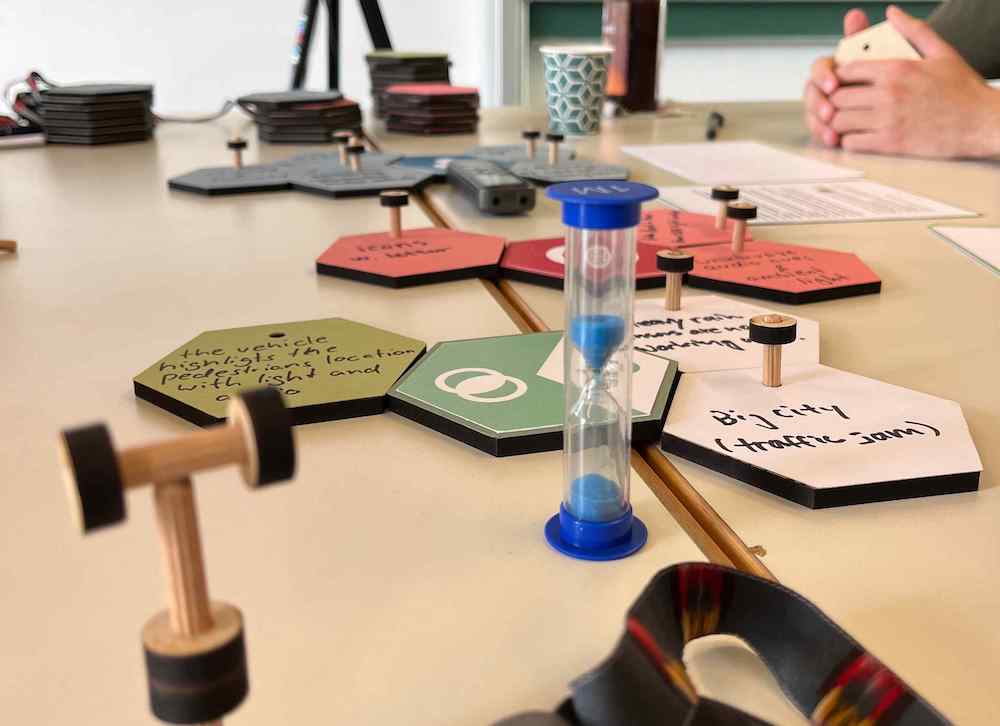Holistic HMI design for automated vehicles: Bridging in-vehicle and external communication
Dong, H., Tran, T., Bazilinskyy, P., Hoggenmueller, M., Dey, D., Cazacu, S., Franssen, M., Gao, R.
Discussing whether internal and external HMIs for AVs should be design holistically at AutomotiveUI (AutoUI), Ingolstadt, Germany (2023)
ABSTRACT As the field of automated vehicles (AVs) advances, it has become increasingly critical to develop human-machine interfaces (HMI) for both internal and external communication. Critical dialogue is emerging around the potential necessity for a holistic approach to HMI unified and coherent experience for different stakeholders interacting with AVs. This workshop seeks to bring together designers, engineers, researchers, and other stakeholders to delve into relevant use cases, exploring the potential advantages and challenges of this approach. The insights generated from this workshop aim to inform further design and research in the development of coherent HMIs for AVs, ultimately for more seamless integration of AVs into existing traffic.Schedule
| Time | Activity | Description |
|---|---|---|
| 09:00–09:15 | Welcome and introduction | Ice-breaker activity, organisers give a brief introduction about the day and present the keynote speakers. |
| 09:15–09:35 | Keynote speeches: Internal and external HMI | Opening up the workshop with two special keynote speeches. We are happy to announce our renowned speakers: Dr. Wendy Ju: “eHMI. Should your car talk to you?” Dr. Andreas Löcken: “Internal HMI”. |
| 09:35–09:45 | Questions to keynote speakers | |
| 09:45–10:15 | Plenary: Reflective discussion | Alongside our distinguished keynote speakers and engaged audience members, we will initiate a thoughtful dialogue. This discussion will revolve around a use-case scenario thoughtfully curated by the organizers. We’ll delve into questions such as: 1. How would you define a holistic perspective? 2. What potential benefits can be derived from it? 3. What are the challenges it presents? 4. How should we strategically approach this perspective?. |
| 10:15–10:30 | Coffee break | |
| 10:30–11:30 | Group work | Participants will be divided into small groups, and further discuss and create new use scenarios using provided physicalisation tools. In order to effectively support the discussion among participants from different backgrounds, we will conduct a deliberately designed collaborative activity known as participatory physicalisation (Huron et al. (2017), Jansen et al. (2015), Koningsbruggen et al. (2022)) . This activity employs detailed instructions and tangible artefacts to facilitate the exploration of ideas, physicalise the discussion process and lead to shared understandings (Panagiotidou et al. (2022) ). |
| 11:30–11:45 | Coffee break | |
| 11:45–12:20 | Plenary: Sum-up discussion | |
| 12:20–12:30 | Closing |
Expected outcomes
This workshop will serve as a foundational exploration of HMI for AV design and research through a holistic lens, cultivating a shared understanding among participants from various backgrounds. The insights derived from our discussions, particularly regarding use cases and validity arguments for this holistic approach, will be compiled in a summary report. We intend to disseminate these findings through an academic article, marking the first consensus among experts in the field.
Call for participants
Our target participants include designers, engineers, and researchers with expertise in automotive HMI design and development, encompassing both in-vehicle and external interfaces. Additionally, we welcome individuals with other profiles, including urban planners, traffic policymakers, etc., to promote interdisciplinary collaboration.
Organisers
Haoyu Dong
 Haoyu Dong is a doctoral candidate at the Eindhoven University of Technology in the Department of Industrial Design. Her research follows Research through Design approach and focuses on interaction design research of in-vehicle users and AVs, specifically in non-critical scenarios.
Haoyu Dong is a doctoral candidate at the Eindhoven University of Technology in the Department of Industrial Design. Her research follows Research through Design approach and focuses on interaction design research of in-vehicle users and AVs, specifically in non-critical scenarios.
Tram Thi Minh Tran
 Tram Thi Minh Tran is a doctoral candidate in the Urban Interfaces Lab at the University of Sydney’s School of Architecture, Design, and Planning. Her research investigates the intricate interactions between pedestrians and AVs in complex traffic scenarios involving multiple road users.
Tram Thi Minh Tran is a doctoral candidate in the Urban Interfaces Lab at the University of Sydney’s School of Architecture, Design, and Planning. Her research investigates the intricate interactions between pedestrians and AVs in complex traffic scenarios involving multiple road users.
Pavlo Bazilinskyy
 Pavlo Bazilinskyy is an assistant professor at Eindhoven University of Technology focusing on AI-driven interaction between AVs and other road users. He finished his PhD at TU Delft in auditory feedback for automated driving as a Marie Curie Fellow, where he also worked as a postdoc. He was the head of data research at SD-Insights. Pavlo is a treasurer of the Marie Curie Alumni Association (MCAA).
Pavlo Bazilinskyy is an assistant professor at Eindhoven University of Technology focusing on AI-driven interaction between AVs and other road users. He finished his PhD at TU Delft in auditory feedback for automated driving as a Marie Curie Fellow, where he also worked as a postdoc. He was the head of data research at SD-Insights. Pavlo is a treasurer of the Marie Curie Alumni Association (MCAA).
Marius Hoggenmüller
 Marius Hoggenmüller is a lecturer in Interaction Design in the Design Lab at the University of Sydney’s School of Architecture, Design, and Planning. His work focuses on prototyping interactions with emerging technologies in cities, such as urban robots and autonomous systems.
Marius Hoggenmüller is a lecturer in Interaction Design in the Design Lab at the University of Sydney’s School of Architecture, Design, and Planning. His work focuses on prototyping interactions with emerging technologies in cities, such as urban robots and autonomous systems.
Debargha Dey
 Debargha Dey is a postdoctoral researcher at Cornell Tech, with a research focus on human-automation interaction. He has 8+ years of experience in the domain of human factors for automated driving and traffic behaviour.
Debargha Dey is a postdoctoral researcher at Cornell Tech, with a research focus on human-automation interaction. He has 8+ years of experience in the domain of human factors for automated driving and traffic behaviour.
Silvia Cazacu
 Silvia Cazacu is a doctoral candidate at the Spatial Applications Division Leuven of KU Leuven, Belgium. Her research focuses on participatory physicalisation as an approach to support collaboration in data ecosystems and draws on critical data studies and data humanism.
Silvia Cazacu is a doctoral candidate at the Spatial Applications Division Leuven of KU Leuven, Belgium. Her research focuses on participatory physicalisation as an approach to support collaboration in data ecosystems and draws on critical data studies and data humanism.
Ruolin Gao
 Ruolin Gao is a doctoral candidate in the Department of Industrial Design, Eindhoven University of Technology. She focuses on the interaction between AVs and manually-driven vehicles to foster smooth interaction in a mixed-traffic environment.
Ruolin Gao is a doctoral candidate in the Department of Industrial Design, Eindhoven University of Technology. She focuses on the interaction between AVs and manually-driven vehicles to foster smooth interaction in a mixed-traffic environment.
Mervyn Franssen
 Mervyn Franssen is a doctoral candidate at the Eindhoven University of Technology in the Department of Industrial Design. His research is focused on designing and validating natural interfaces and behavioural characteristics for automation systems in order to reduce uncertainty and avoid unpredictable behaviour for human operators who sometimes need to take control.
Mervyn Franssen is a doctoral candidate at the Eindhoven University of Technology in the Department of Industrial Design. His research is focused on designing and validating natural interfaces and behavioural characteristics for automation systems in order to reduce uncertainty and avoid unpredictable behaviour for human operators who sometimes need to take control.
